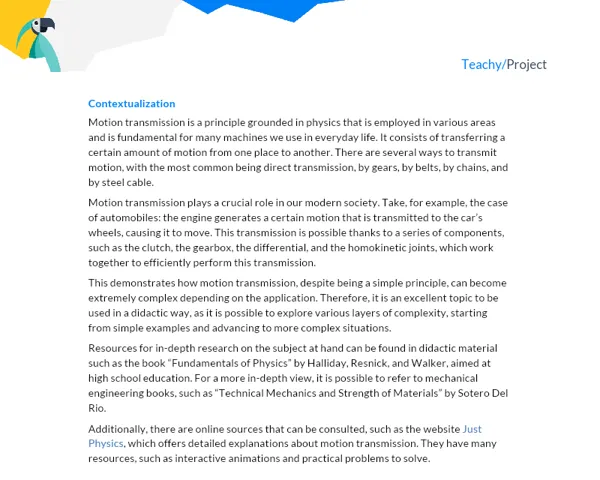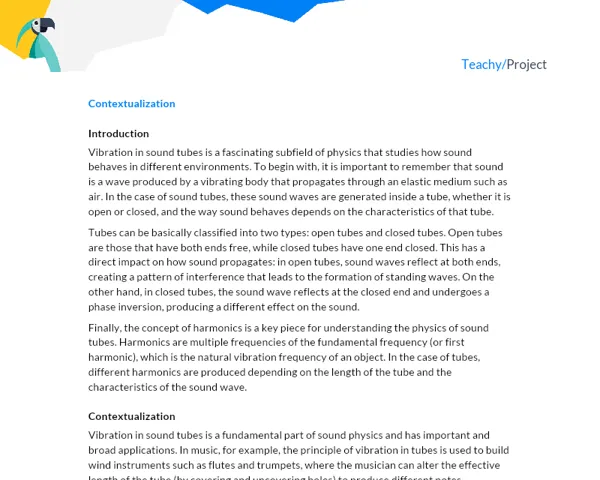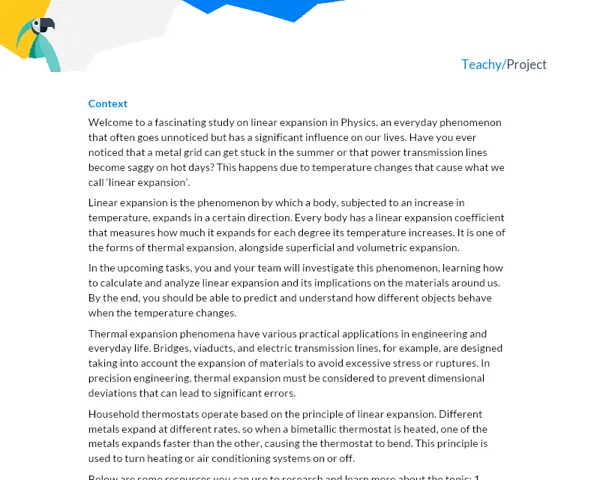Contextualization
Light is one of the most fascinating and intriguing forms of energy that exist. It is capable of providing us with vision, influences the life of almost all living beings and also allows us to understand a little more about the universe in which we are inserted. One of the most common phenomena that light can produce and that is around us every day is the formation of shadows. In this project, we will seek to understand the differences between penumbra and shadow.
A shadow is a region of darkness where light is prevented from reaching directly by an opaque object. The shadow is divided into two regions, the umbra and the penumbra. The umbra is the region where no beam of light reaches and is therefore the darkest part of the shadow. The penumbra, on the other hand, is a region where only part of the light is blocked and therefore is not as dark as the umbra.
Understanding the phenomena of shadow and penumbra have several practical and scientific applications. In Astronomy, for example, the concepts of shadow and penumbra are fundamental to understanding the occurrence of eclipses. In addition, the concepts of shadow and penumbra are also present in art, as in the chiaroscuro technique, widely used in paintings to give depth and volume to images.
The physics of light and shadows is engaging and provides an excellent way to investigate and understand the world around us. Understanding how and why we create shadows is fundamental to understanding the nature of light and this understanding is vital in areas as diverse as photography, art and science.
To start our studies, I suggest that you use the following materials:
- Book "Optics and terminology", from the Exploring Physics Teaching collection, available for free on the website of the Ministry of Education: http://portal.mec.gov.br/seb/arquivos/pdf/cienciah.pdf
- Video "Understand the difference between umbra and penumbra", available on the YouTube channel Manual do Mundo: https://www.youtube.com/watch?v=kzz1JFspZ2E
- Article "Shadow and Penumbra" by Professor So Física: https://www.sofisica.com.br/conteudos/Mecanica/Optica/sombraepenumbra.php
Practical Activity
Activity Title: Exploring Penumbra and Shadow.
Project Objective: Understand the concepts of shadow and penumbra, their differences and applications, through the use of a practical experiment.
Detailed Project Description:
Students will conduct a hands-on experiment to understand how light behaves when passing through an opaque object and how shadows and penumbras are formed. They will also be encouraged to observe and understand the relationship between the distance of the object to the light source and the size of the shadow and penumbra.
Materials Needed:
- Two light sources (can be two ordinary flashlights)
- A small sphere (can be a ping-pong ball, for example)
- A white cardboard
- Adhesive tape
- Ruler
- Pen
Step by Step for Carrying out the Activity:
-
Set up a scene in a dark environment where the white cardboard is the screen where the shadow and penumbra will be projected. Fix the sphere on a base so that it is stable and does not move during the experiment.
-
Turn on the first light source and project the light onto the sphere so that the shadow is projected onto the cardboard.
-
Observe and record the characteristics of the umbra (shadow itself) and the penumbra. What are their shapes and sizes?
-
Now, turn on the second light source and project it from a different angle to the sphere. What happens to the shadow and penumbra? Record.
-
Adjust the distance between the light source and the object and observe what happens to the shadow and penumbra.
-
Record all observations, take pictures or make drawings to document the results obtained.
After carrying out the experiment, the group should prepare a report with the following sections:
-
Introduction: Describe the objective of the experiment and the key theoretical concept (shadow and penumbra). Explain the relevance of this project and how it applies in the real world.
-
Development: Present the theory about shadow and penumbra (based on the suggested materials and others that you find). Explain in detail the activity carried out, the methodology used and present/discuss the results obtained.
-
Conclusions: Reflect on the activity, the results obtained and what was learned about the shadow and penumbra. What can be concluded about the influence of the distance from the light source and the angle at which it strikes the object in the formation of the shadow and penumbra ?
-
Bibliography: Indicate all research sources used for the project, such as books, websites, videos, etc.
Important: Each member of the team must actively participate both in carrying out the experiment and in preparing the report. Collaborative work is one of the key points of this project. The group of students should be composed of 3 to 5 members and the expected duration of the work is 2 to 4 hours per student.



